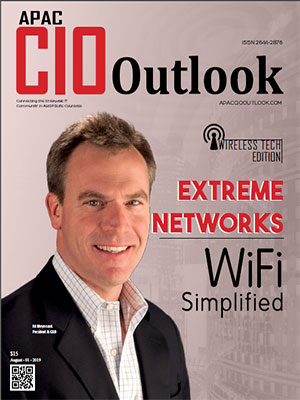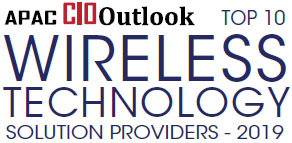In the present day and age, when businesses are proliferating, the need for more robust and faster internet connections is on the rise. In an attempt to accelerate business processes, organizations are leaning toward wireless internet connectivity and adopting innovation to stay ahead of the competitive curve. Internet service providers are looking for the newest technological advancements, thereby finding ways to promise faster information sharing and completion of tasks.
The journey of wireless internet communication, right from the first iteration to the fourth generation (4G), digital networks have come along a steady path of evolution, bringing a series of advancements. For instance, 4G has been powered with Long-Term Evolution (LTE). However, this has not prevented digital technologies equipped with LTE, fibre-optic cables, or wired Ethernet to succumb to a shortage of bandwidth. In an ambitious bid to eliminate this shortage once and for all, service providers are now promoting the fifth generation (5G) of internet connectivity at millimetre wave (mmWave) frequencies. Implementation of 5G connectivity in workplaces is improving the overall productivity of the business, not to mention the high rate of profitability. These advancements are tipped to nurture a connected ecosystem of wireless devices, forming a conglomerate IoT environments across various business. Derivatives of these developments add up to newer genres of wireless technology, upholding trends such as industry 4.0, where a multitude of smart sensors and IoT devices foster the exchange of data amongst various machines and equipment. Industry leaders have tipped such advancements, fueled by 5G connectivity, as a fuel for the digital renaissance seen in the current day and age.
In addition, businesses are approaching a more accurate result delivery protocol, thanks to real-time data processing that is devoid of latency. The ability to access information in such breakneck speeds improves the efficiency of smart devices, collectively enhancing the value proposition of any industry adopting such technological trends. For example, in retail environments, smart devices are consuming lesser time to interact with each other, enhancing the performance kiosks and self-service terminals in unattended retail stores. On the other hand, internet service providers are combining all the features of the next-generation wireless communication into a single Wireless Security-as-a-Service. Such a portfolio would likely bundle various value added services for consumers, where a unified service offering would bring in the much-needed visibility into numerous subscriptions availed by a consumer. Such leaps and strides would enhance the return on investments for organizations banking on communication as a major source of revenue. However, while cutting-edge technology ensures quality for the wireless industry, it is an uphill task for organizations to decide on one from the wide assemblage of trends. To make this task easier, a distinguished panel comprising CEOs, CIOs, VCs, Analysts and the editorial board of APAC CIO Outlook has selected a list of wireless technology service providers. We present to you APAC CIO Outlook’s “Top 10 Wireless Technology Solution Providers - 2019”



























